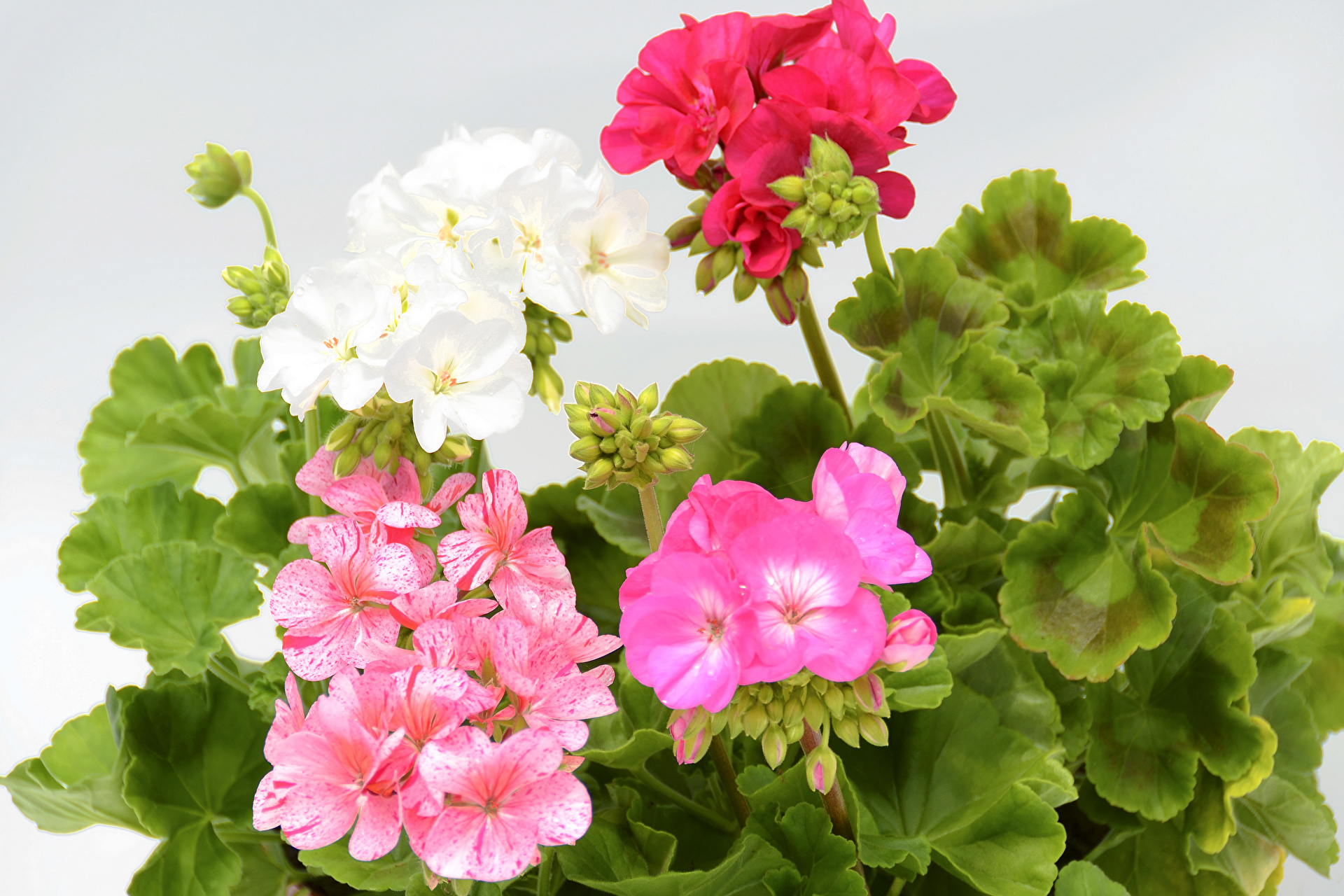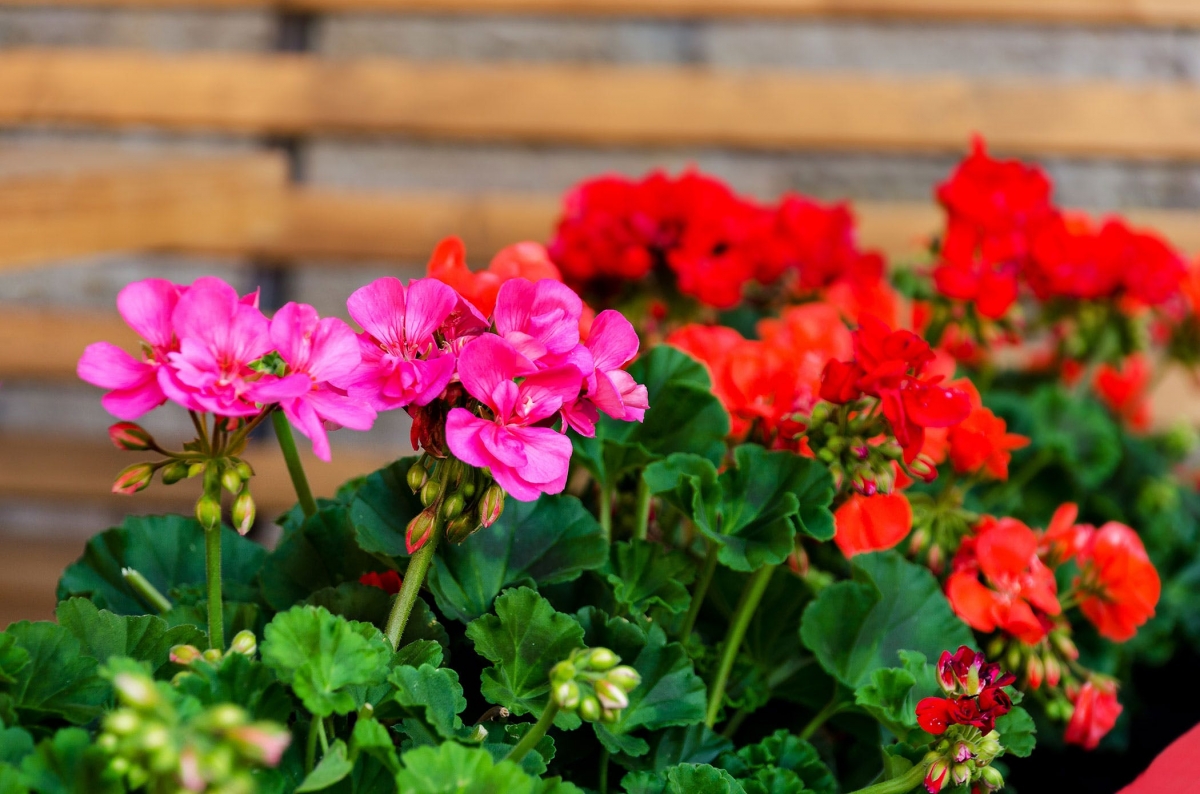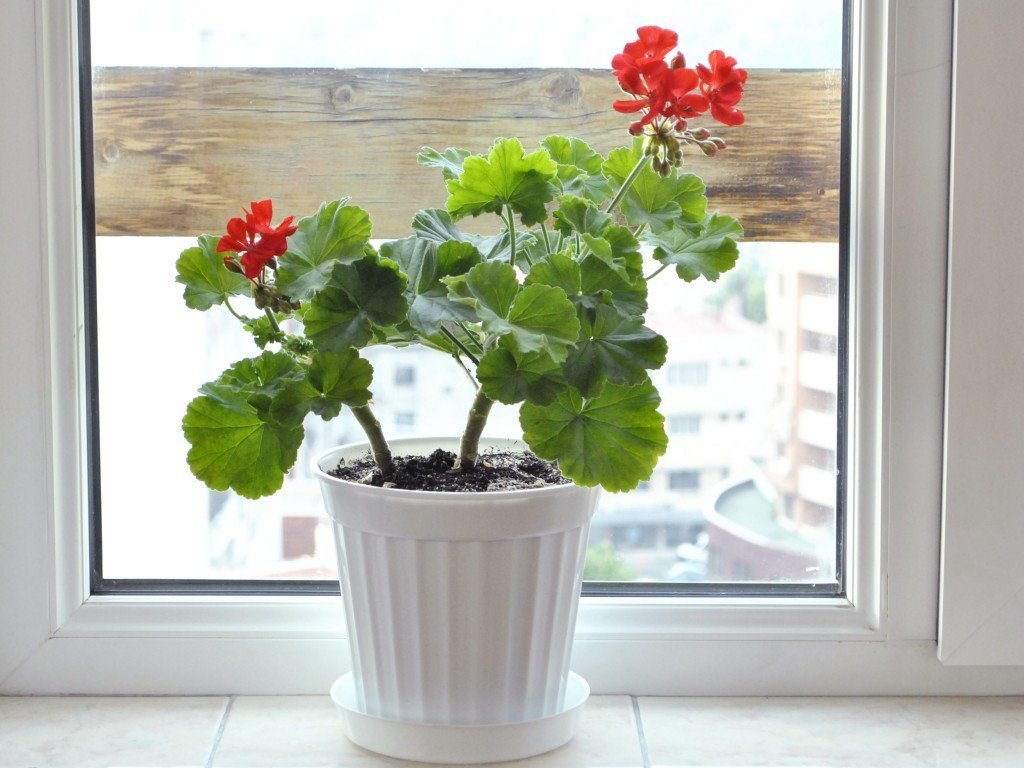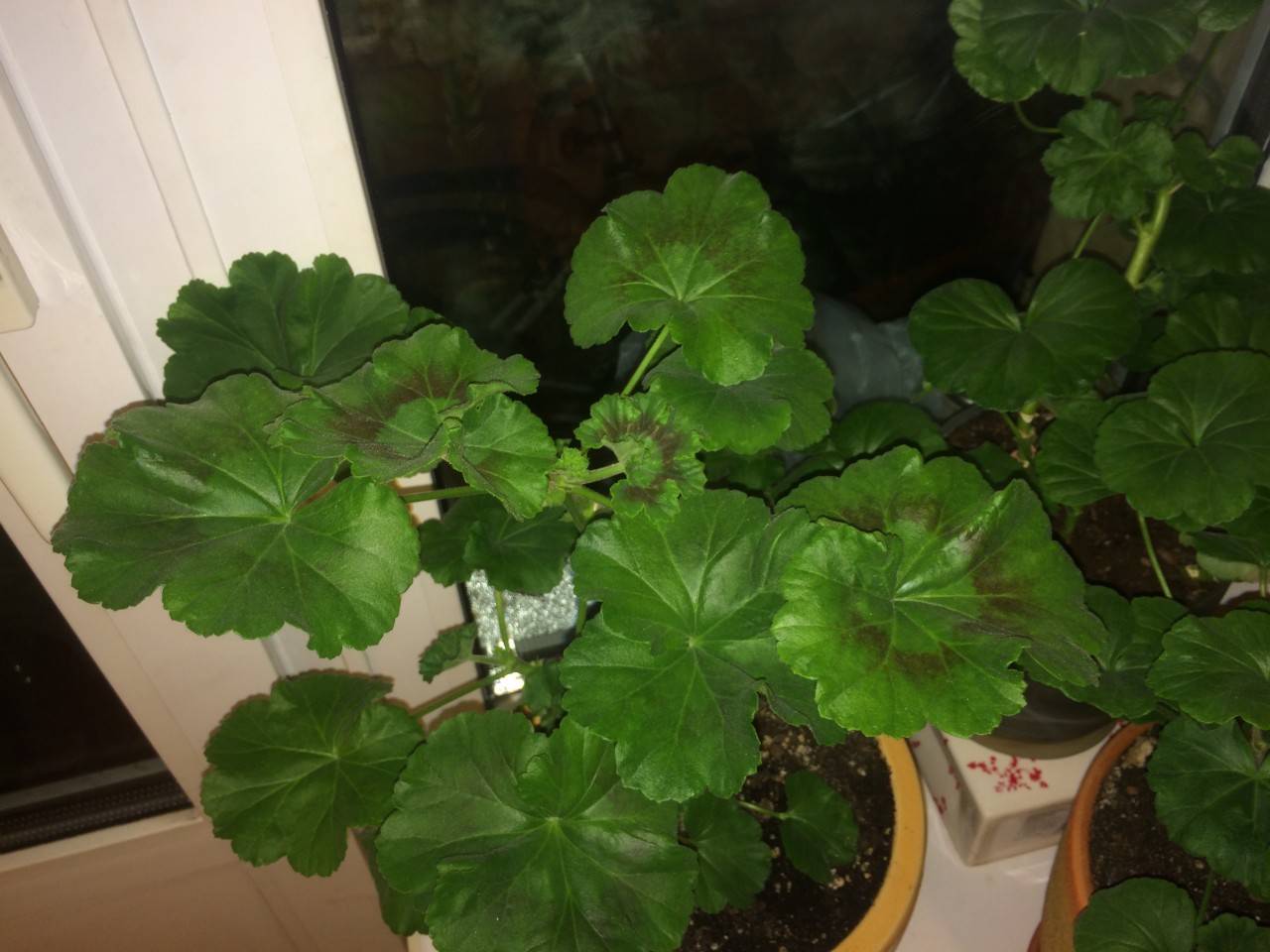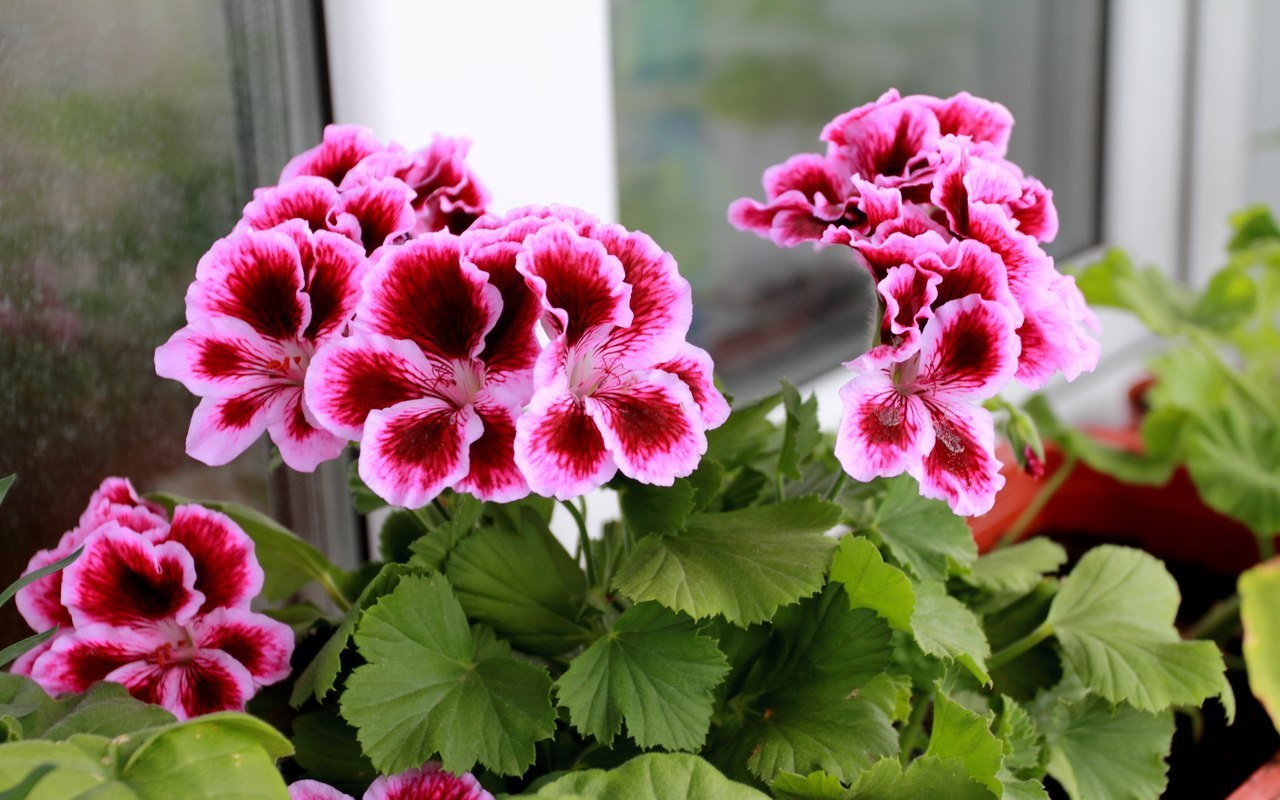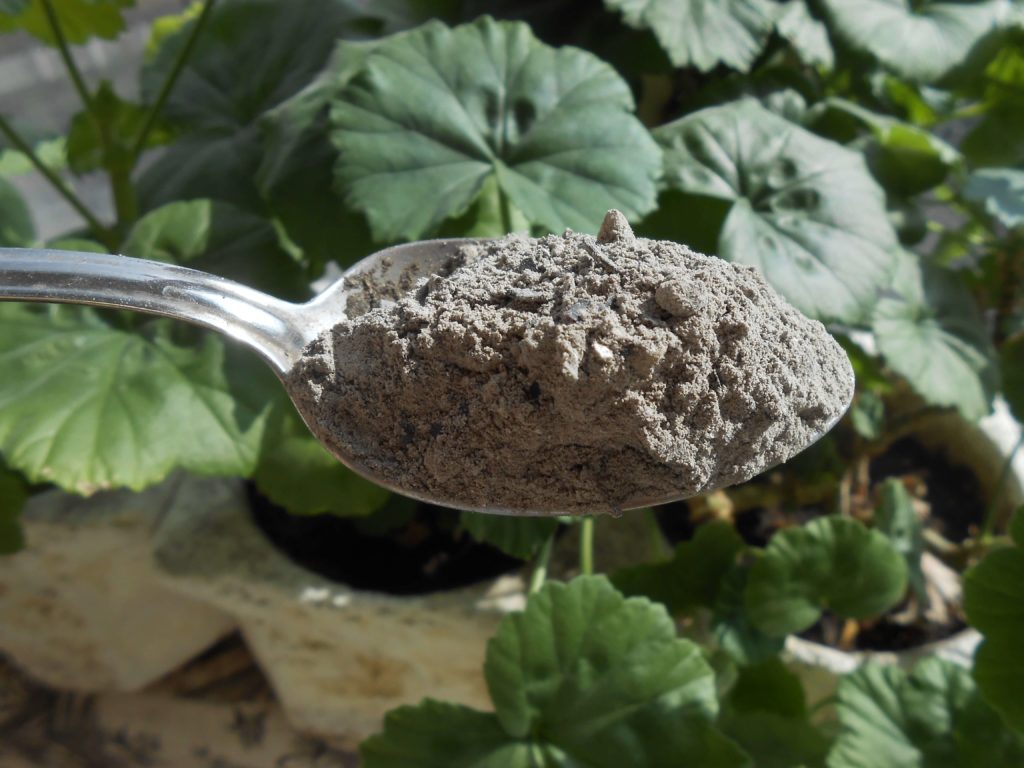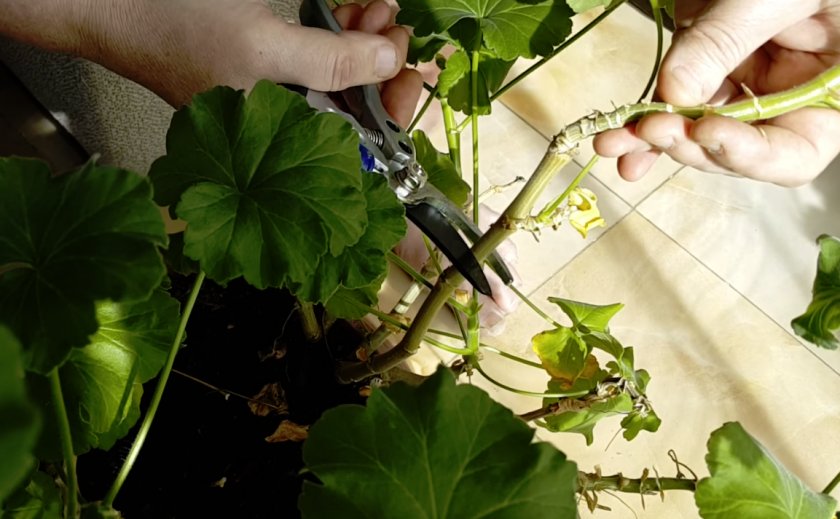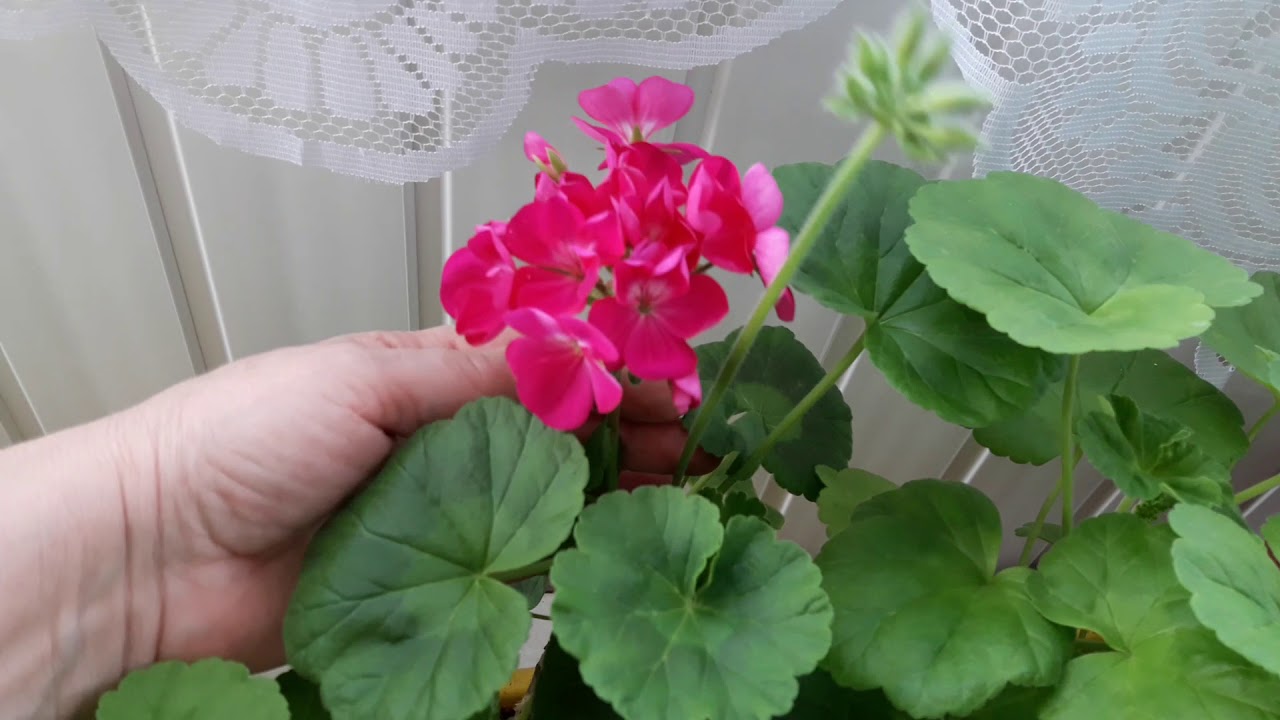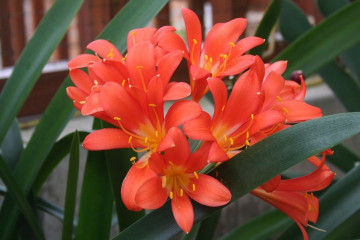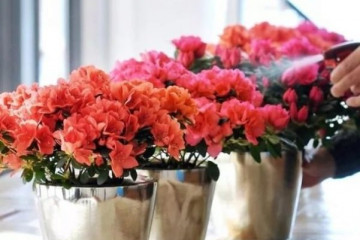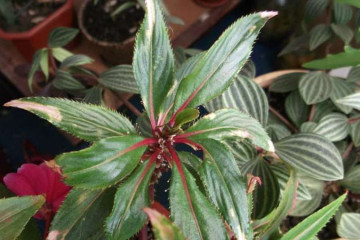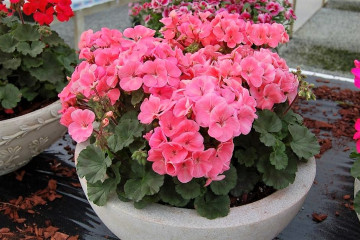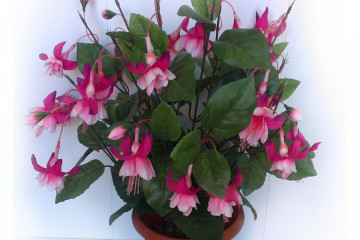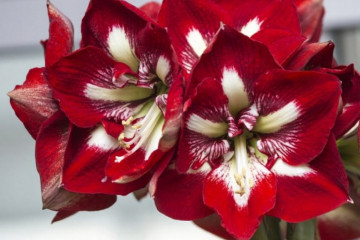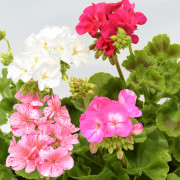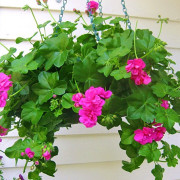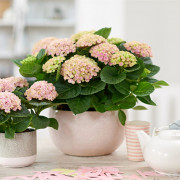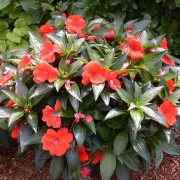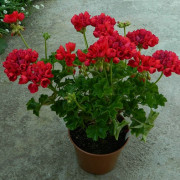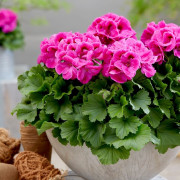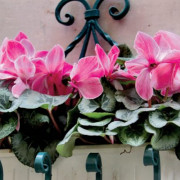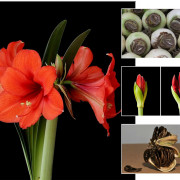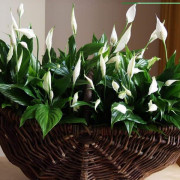Why geranium does not bloom at home - what to do
Content:
Growing geraniums can transform a room. The plant is not demanding to care for and regularly pleases with lush flowering. However, in some cases, the culture forms leaves, but does not release flower stalks. To solve the problem, you need to know why not the color of geranium, and how to speed up the appearance of buds.
When geraniums release inflorescences and how long does this period last
Proper care allows you to admire the attractive buds of the plant. Depending on the variety, geraniums can bloom at different times of the year:
- Forest and large-rhizome geraniums bloom in mid-May. The inflorescences of these plants retain their color for 30-40 days.
- Georgian and small-grained geraniums begin to release inflorescences in mid-June. The duration of their flowering is up to 40 days.
- Dalmatian, marsh and meadow geraniums bloom in mid-July. The flowering period is only 20 days.
- Ash and Renard's geraniums bloom in the middle of summer. The flowering period is 30 days.
At home, geraniums can bloom up to 6 times a season. With proper care, the crop will form buds regularly and retain its color for up to 20 days.
Geranium flowering conditions
In order for the plant to form buds, it is important to observe the following care features:
- In the house, geraniums should be on the south side. The plant requires a lot of sunlight. On the site, you must choose an open place. Adequate sun exposure encourages large leaves and abundant flowering.
- In the house, the plant should not be placed near heating appliances. Because of this, the lower leaves of the bush turn yellow, and the peduncles form small buds.
- The culture does not tolerate clay types of soil. It is necessary to give preference to loose soil that allows air to pass through well. If the soil is used for gardening, it is necessary to mix it with river sand.
- For the formation of inflorescences, it is necessary to regularly make additional fertilizing. For geraniums, complex mineral fertilizers are used, which not only contribute to the appearance of inflorescences, but also prolong the flowering period of the plant.
- Compliance with a certain temperature. The plant begins to bloom only if the air temperature exceeds 12 degrees.
- For flowering, it is necessary that the house be free of drafts. Otherwise, the culture may die.
- Geraniums need to be watered regularly and abundantly. Only in this case, the peduncles will be able to stretch out and form buds. Even in winter, when the indoor air is dry, it is undesirable to spray the leaves. This can lead to a reduced flowering period.
- The flower pot should be spacious enough, since the plant has a well-developed root system. Timely transplants will stimulate the formation of inflorescences.
Geranium can be attacked by pests, so it is necessary to regularly inspect the leaves of the crop. When the first symptoms appear, it is recommended to treat the plant with special means and separate it from other flowers. Most often, aphids appear on the culture. These insects feed on the sap of the plant, which leads to the weakness of the shoots.
Why geranium does not bloom, but gives only foliage
The reasons for this may be the following factors:
- Incorrectly selected pot. If the container is tight, the roots will give all their strength to the growth of new shoots, and not to the formation of flowers. In a cramped pot, the plant begins to actively grow upward, the leaves are large, but rarely located.
- Incorrectly selected fertilizers and violation of the feeding schedule. If you fertilize the plant too often, the leaves will grow rapidly. Flowering may be absent due to lack of nutrients.
- Excessive moisture. Despite the fact that geraniums love moist soil, frequent watering leads to the formation of a green mass without buds. In the fall, the plant needs to be watered less often, otherwise this can also negatively affect the appearance of inflorescences.
- No clipping. With a large accumulation of shoots, the root system does not have enough nutrients to bloom. It is especially necessary to carefully monitor the appearance of young shoots, which can take all the strength of an adult bush.
- The defeat of the roots. Root diseases result in a lack of buds and can contribute to plant death.
- Lack of light. In the shade, the plant will reach for the light and become weak. Such bushes almost never bloom.
- Damage by pests. Insects reduce the vigor of the plant, so it cannot bloom.
- Low air temperature. Such situations arise in winter. Geranium tolerates hot conditions well, and a decrease in temperature can lead to a lack of flowering.
Some plant varieties have their own characteristics. For example, the question often arises why royal geranium does not bloom. This variety, unlike other varieties, has a lush bush that requires special pruning and maintenance. The flowering of a culture may not start for the following reasons:
- due to lack of light;
- if the pot is too large;
- with frequent and incorrect pruning;
- if the plant is not transplanted into new soil in a timely manner;
- the location of the geranium in the shade - while the buds are formed, but fall off, and not blooming.
How to get geraniums to bloom regularly
It is not enough to know why geraniums are not blooming, it is important to understand what to do in such a situation. Timely elimination of interfering factors will lead to the fact that the plant will bloom. The main thing is to restore proper care.
Troubleshooting
First of all, you need to carefully examine the leaves of the plant. Often, the first symptoms of a disease or pest can be seen on the inside of the leaf. Geraniums are most often attacked by aphids and whiteflies. With timely treatment with fungicides, the problem is eliminated.
It is necessary to check the growth conditions of the plant. In some cases, to obtain abundant flowering, it is enough to transfer the pot of flowers to another window, where more sunlight enters, and the shoots will not stretch too much. In winter, it is recommended to use special lamps.
To get buds, you need to stop watering the plant abundantly. This will stimulate the emergence of new inflorescences.
How to feed
Top dressing is a prerequisite for obtaining large inflorescences. Since March, geraniums are in the growing season, so it is very important to apply the correct fertilization. Nessesary to use:
- potash fertilizers;
- phosphorus;
- nitrogenous substances.
Wood ash can be used as nitrogen fertilizer. To prepare a working solution, it is necessary to dissolve 100 g of ash in a liter of water. The resulting solution is watered with a bush or potted flower.For young plants, ash is used in the amount of 50 g per 1 liter of water.
In the middle of summer, you can feed the plant with the help of a complex fertilizer for indoor plants. If geranium is grown at home, in the fall it is necessary to reduce the application of fertilizing and allow the plant to go into hibernation mode.
Pruning and replanting
Regular pruning of the bushes is essential for a thriving bloom. Pinching shoots should be done in early spring or autumn. Trimming features for each period:
- Spring pruning. The procedure takes place in March. It is necessary to prune old shoots. The knife must first be disinfected. For the first few weeks after pruning, the plant will not develop green mass. However, such actions will provoke the appearance of large buds.
- Autumn pruning. The time of the procedure is the end of September, after flowering. First, sanitary pruning of damaged shoots is carried out. After that, it is necessary to shorten the weak and old shoots. Often, with the help of autumn pruning, the bush is given the desired shape.
It is recommended to replant the plant twice a year. In spring, geraniums can be planted outdoors or in a pot. Transplanting into a pot begins with the choice of capacity. The pot should be full of roots and have a small margin. Excessively large containers are not recommended. A drainage layer must be laid on the bottom of the pot. You can make your own potting soil or buy potting soil from your store. After transplanting, it is necessary to feed geraniums using potassium phosphate substances.
To stimulate flowering, the houseplant can be temporarily transplanted into open ground. After this procedure, geranium begins to actively grow and bloom violently. After being in the open field, the plant develops resistance to temperature extremes. You can plant a flower on the street in the ground no earlier than mid-May. At the end of summer, it is returned to the pot. This must be done before the onset of frost.
How to care during flowering
A flowering plant requires special care. Basic Rules:
- The flower pot must be placed on the sunny side. However, in hot summers, it is necessary to ensure that the plant gets shade to reduce the risk of yellow spots on the leaves.
- It is necessary to promptly remove all dead leaves and young shoots growing from the root.
- It is necessary to water the plant every 4-5 days. It is important to ensure that the water does not accumulate and that it spreads well throughout the pot. Water the soil only after it is completely dry.
- Once a week in a pot of geraniums, you need to loosen the soil. This will reduce the risk of root rot and oxygenate the soil.
During the flowering period, a large amount of nutrients in the soil can harm inflorescences and shoots. However, with prolonged flowering, potash fertilizers must be used. You can feed the flower with water and iodine. To do this, a drop of iodine must be diluted in a liter of liquid. Such watering will make the flowering lush, and the color of the buds bright.
Follow-up care rules
Caring for a plant after flowering has its own characteristics:
- A complex fertilizer is applied under the geranium root, which dissolves in water.
- Faded peduncles must be carefully removed.
- You need to water the bush every 3-4 days.
- In autumn, the flower pot is visited in a cool place where the temperature does not exceed 12 degrees. This is necessary for the plant to go into winter mode and gain strength.
Proper care will promote the emergence of young shoots and the formation of buds. If this is not done, the leaves of the geranium may turn yellow and the shoots will be deformed.
Blooming geraniums decorate a room or area with bright colors. The culture is undemanding to care for and multiplies easily. If the plant does not bloom, it is necessary to find out the cause of the condition. Most often, the problem occurs due to errors in care, and when they are eliminated, the geranium begins to bloom again.
